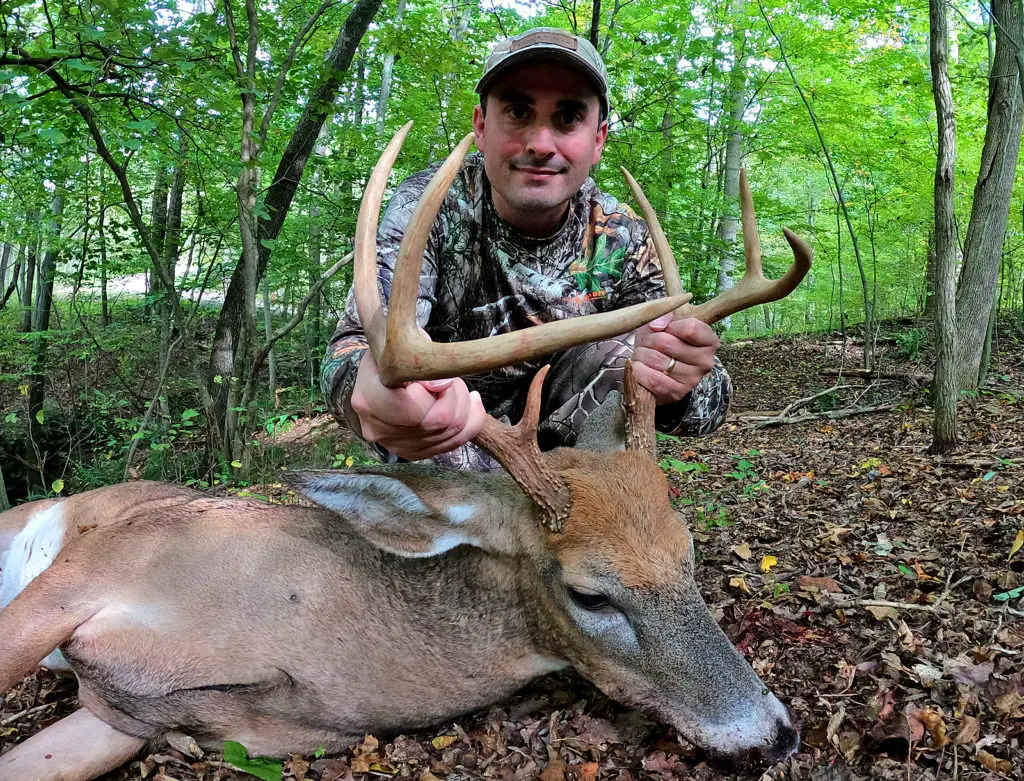Everyone deer hunter needs to develop a basic and realistic ability to track a wounded deer. Some of it will come from experience but much of it can be learned and you do not need special powers or training to get proficient at it. On this podcast episode I share some basic principles for how to track a wounded deer for regular people.
Tracking a deer is all about looking for three main things, blood, tracks, and disturbed environment.
- Blood: If you inflicted a mortal wound on a deer it will almost always cause a significant amount of observable bloodloss. There are a few exceptions, but most fatal hits will provide enough blood to follow.
- Tracks: Deer have feet, no matter where they go, their feet will hit the ground, often leaving observable evidence they are there. And a running deer produces deeper footprints then a cautious or slow-moving animal.
- Disturbed Environment: If a whitetail is fleeing it will often leave visible sign that it passed beyond footprints. It will disturb leaves and dirt, it will push over, trample, or effect grasses, weeds, brush, etc. Even on dry days with hard ground and no blood trail, it can be possible to see where a deer ran if you are mindful of what to look for.
Angles, sunlight, shade, and point of view all play into being able to notice these signs. If you see nothing, perhaps you need to look at things differently; get lower, get more light, use your nose, move more slowly, etc.
When all else fails, using intuition and a simple grid search can help you recover a lost animal. A systematic back and forth in a grid pattern can help you find sign and fallen deer when the trail has run cold. Not all deer are recoverable, but most are and with a little focus and some strategy you can often find your whitetail. You may also need a little courage to knock on neighbors’ doors and ask them if you can follow the deer’s trail onto their property as well.
Listen to the episode for all of the details.

